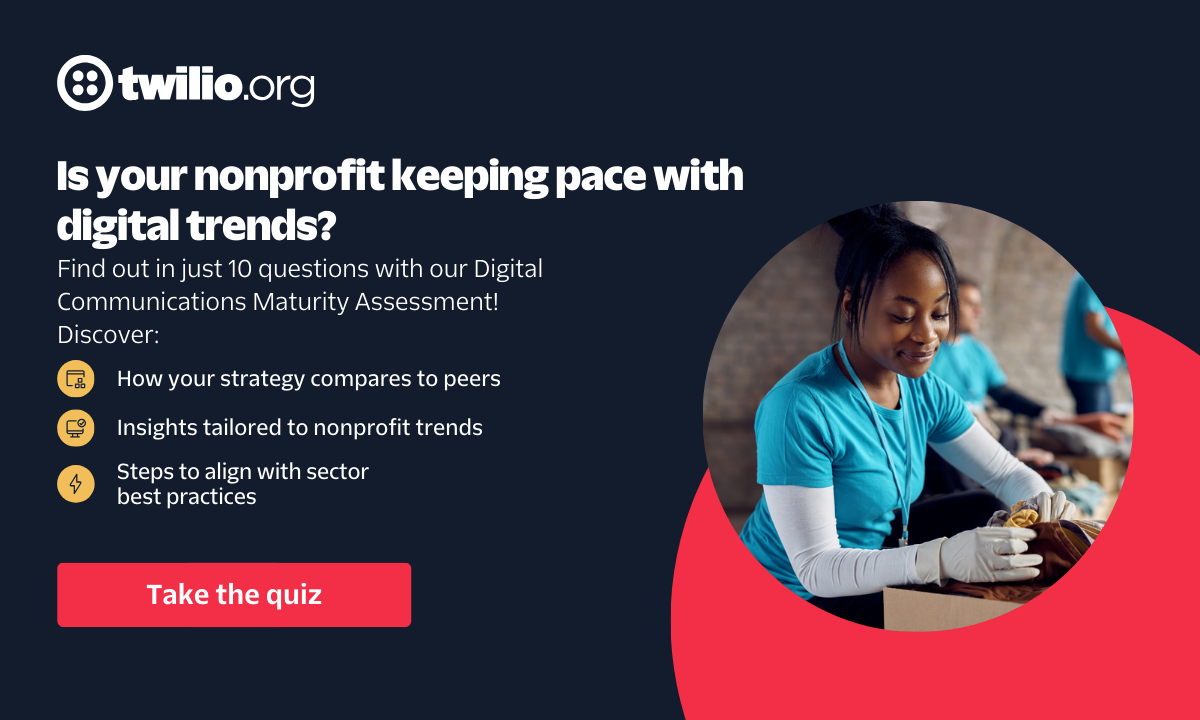9 Steps for Nonprofits to Navigate Digital Transformation in 2024
This blog post is brought to you by SoftwareOne, a valued partner committed to empowering nonprofits with cutting-edge technological solutions. In this post, SoftwareOne shares a nine-step guide designed to enhance your operations, donor engagement, and impact communication through digital transformation.

In the rapidly evolving digital landscape, nonprofit organizations (NPOs) face a unique set of challenges and opportunities. While their primary focus remains on social impact and community service, keeping pace with digital transformation is essential for their survival and growth. This journey, however, is fraught with complexities, particularly for organizations that traditionally rely more on human touch than technological sophistication.
Understanding the Digital Imperative
The first step in navigating digital transformation is recognizing its importance. In an era where digital experiences are competing for public attention, NPOs cannot afford to lag. Adopting digital practices is not just about efficiency; it’s about extending the reach and improving the engagement with donors, volunteers, and the communities they serve. Digital transformation enables NPOs to streamline operations, enhance donor experiences, and communicate their impact more effectively.
Assessing the Digital Maturity of Your Nonprofit
The journey begins with an assessment of the current digital maturity of the organization. This involves understanding the existing technological infrastructure, digital skills of the staff, and the level of digital integration in everyday operations. A clear assessment helps in identifying the gaps and planning the roadmap for digital adoption.
Setting Realistic Goals and Priorities
For many NPOs, resources are limited, and hence, prioritizing is crucial. This could mean focusing first on back-end systems that improve operational efficiency, such as cloud-based data management, or on front-end tools that enhance donor engagement. The key is to set achievable goals that align with the organization’s mission and capacity.
Embracing Cloud and Collaboration Tools
The adoption of cloud services and collaboration tools is a significant step in the digital transformation journey. These technologies offer scalability, flexibility, and cost-effectiveness, which are essential for NPOs. Cloud services ensure that data is accessible and secure, while collaboration tools facilitate better communication and teamwork, both internally and with external stakeholders.

Data Security and Compliance
As NPOs adopt digital technologies, they must also address the challenges of data security and compliance with regulations. Protecting sensitive information, especially related to donors and beneficiaries, is paramount. This involves implementing robust cybersecurity measures and ensuring compliance with data protection laws.
Building Digital Skills and Culture
Digital transformation is not just about technology; it’s also about people. Building a digital culture and enhancing the digital literacy of staff and volunteers are essential components. This might involve training programs, workshops, and creating a culture that embraces change and innovation.

Leveraging Analytics for Impact Measurement
Digital transformation enables NPOs to leverage data analytics for measuring and communicating their impact. By effectively using data, organizations can make informed decisions, track the progress of their programs, and demonstrate their impact to donors and stakeholders.
Collaborating for a Greater Impact
Collaboration is a powerful tool in the digital age. By partnering with tech firms, other nonprofits, or government agencies, NPOs can amplify their impact. Sharing resources, knowledge, and technologies can lead to innovative solutions and greater efficiencies.
The Role of Technology Partners
While internal efforts are crucial, partnering with technology experts like SoftwareOne can accelerate the digital transformation journey. Tech partners can provide the necessary expertise, resources, and support, helping NPOs navigate the complexities of digital adoption.
Conclusion
Digital transformation for nonprofits is not just a trend; it’s a strategic imperative to remain relevant and effective in a digital world. By embracing digital technologies, NPOs can enhance their operations, engage more effectively with stakeholders, and amplify their impact. However, this journey requires careful planning, prioritization, and a willingness to adapt and learn. As you embark on this journey, the focus should always remain on their core mission – to serve communities and make a positive social impact.




















